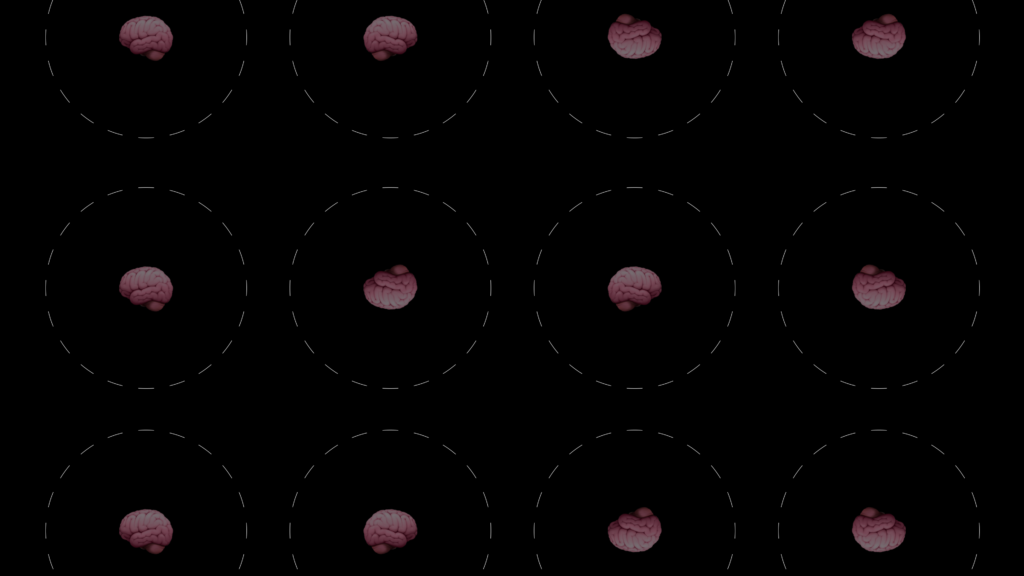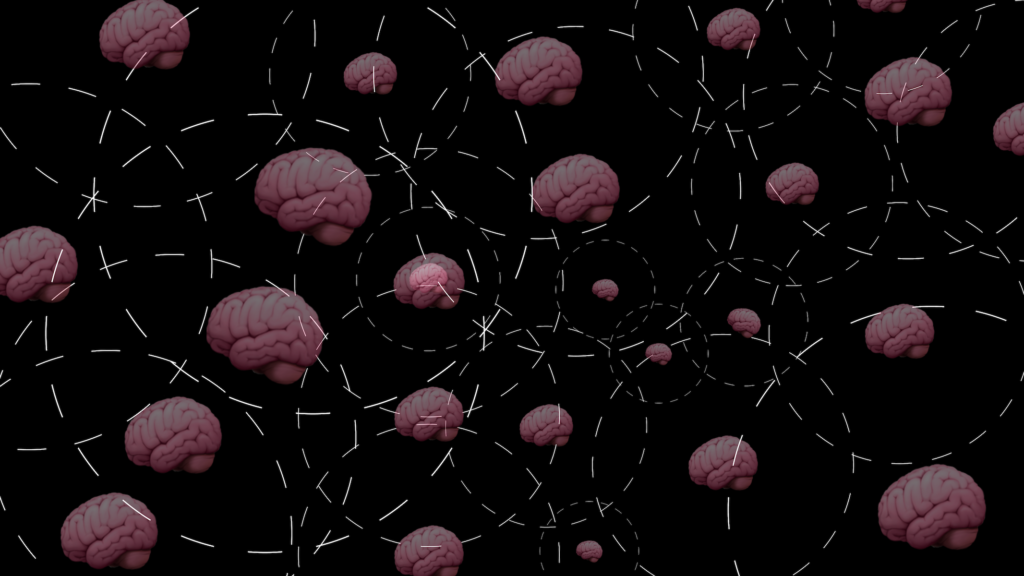As user experience designers, while creating our solutions, Design Thinking becomes our companion. But what if things get bigger? What if problems become more complex? Let me introduce you to your new companion who will be there for you: “Systemic Design”.
Evolving in time, design has ceased to be a practice that aims to design things only and has become a discipline that handles problems in various areas, even today’s complex social challenges. Many of us have heard the saying, “If you can solve a problem, you are a designer”.
As design’s area of responsibility expanded, different concepts began to appear. One of them is systemic design. Before explaining what systemic design is, let’s briefly touch on its components, such as systems and design thinking.
What is a system?
A system is a group of interrelated elements organized towards a common result. Systems are formed by the combination of elements, that produce their own output, and these elements work together to give the main output, which is the purpose of the system.
Let’s consider an oven. Each of the circuits, buttons and other parts in it delivers the result expected from them. And this coworking is what delivers the intended output, which is cooking. In other words, the parts form the whole (system), namely the furnace. In the scenario where one of the circuits does not work as expected, a malfunction occurs in the system, which is an example of the breakdown of the interoperability principle set forth in the system definition.
What is systems thinking?
Problems can occur in systems, or a problem that needs to be solved in a newly formed setup may require a systems approach. In such cases, a useful method called systems thinking can help you. Systems thinking is a holistic approach to analysis that focuses on how the elements in a given system relate to each other. It seeks an answer to the question of how different elements of a system affect each other over time.
In traditional thinking, complexity is analyzed by breaking it down into manageable components. But all systems are dynamic and often complex. By understanding how different elements interact with each other, one can gain insight into how a change to any of the elements could affect the overall system. The benefits of these ideas, which are gained through systems thinking, play an active role in decision making and producing solutions.
- Optimisation: It provides a deeper understanding of the dynamics within a system.
- Making peace with problems: Systems thinking helps explore opportunities for innovation and creative development rather than avoiding complexity.
- Dimensional perspective: The systems approach looks at the whole organism or ecosystem, not individual parts.
- Interdependence: Creativity and efficiency depend on each other and systems thinking provides the tools to integrate it into everyday applications.
- Creativity: Systems thinking enables thinking in a dynamic and differentiated way to overcome the “like others” crisis.
Systems thinking helps us understand the whole structure (system) from a higher level by considering various strategies. Following this, the problems of the user who interacts with the final product can be resolved. When a more concentrated method is needed to correctly identify and resolve user needs, design thinking comes to the scene.
What is design thinking?
Design thinking is a user-focused process with a solution-based approach in user experience design. It tries to understand people and their needs in order to create the right solutions. For this purpose, there are five steps followed to reach the target audience:
- Empathize: Empathize with your users.
- Define: Identify your users’ needs, obtain insights.
- Ideate: Develop innovative solutions based on your findings.
- Prototype: Create a prototype of your proposed solution.
- Test: Test your prototype(s) and iterate.
We are familiar with using design thinking in solving defined problems. However, we may need to be involved in solving more ambiguous problems that have a dynamic structure due to their content. In such cases, we will need to integrate systems thinking into our solution.
What is systemic design?
After touching upon all relevant concepts, it’s time to address our main topic. Systemic design is an interdisciplinary practice that produces human-centered solutions by incorporating systems thinking into design methodologies. Systemic design intends to develop multiple new practices based on intersections of multiple perspectives. (Sevaldson, 2019).
The concept of systemic design, which was first mentioned in the Relating Systems Thinking and Design Symposia series (RSD), aimed to combine the not too technical and detailed complexity theories and system-oriented thinking with the organic structure of the design. In these symposiums (still ongoing), the practice of systemic design continues to be discussed in different disciplines and to be adopted and researched by many academic groups.
Systemic design is concerned with higher order systems encompassing more than one subsystem. For this reason, it differs from service or experience design in terms of scale and integration. Systemic design deals with complex and multi-stakeholder systems such as transportation, healthcare, and sustainable design by integrating systems-oriented thinking and methods into human-centered design.
Systemic design concepts
Now, I will tell you about 5 concepts that are important for systemic design.
Framing
Systems thinkers spend a lot of time framing the right question because defining too narrow or too broad may not have the desired effect. Finding the right level of detail will greatly improve clarity.
Feedback loops
Feedback loops are circular cause-effect stories between system factors. For example; If I add more money to my savings account, I get more interest, which increases my principal.
There are two types of loops:
- Reinforcement loops: An action interacts with a variable to produce more results.
- Balancing loops: Actions that produce results in the opposite direction of the variable with which it interacts.
System map
A system map shows how different system forces and factors are linked. The main purpose of creating a system map is to see how the health and efficiency of the system can be improved by forming a shared view of the problem and its connections.
Leverage points
They are the points in complex systems, where a small change has great effects on the entire system. They play an effective role in solving complex problems.
Interventions
An intervention is a change you introduce to improve the health or efficiency of the system, ideally at a leverage point.
Systemic design processes
While in traditional system management, decisions are taken with data, detailed analysis, sequential repetitive steps and ultimately proof, in systemic design, decisions are taken with previous practices related to the defined problem, stakeholder opinions, and complex steps taken simultaneously.
For systemic design, which does not have a universal process, various organizations have presented their methods by naming them in a list. Systemic Design Toolkit, prepared under the leadership of Kristel Van Ael, has a methodology consisting of 7 steps:
- Framing the system: Setting the boundaries of your system in space and time and identifying the hypothetical parts and relationships.
- Listening to the system: Listening to the experiences of people and discovering how the interactions lead to the system’s behaviour. Verifying the initial hypotheses.
- Understanding the system: Seeing how the variables and interactions influence the dynamics and emergent behaviour. Identifying the leverage points to work with.
- Defining the desired future: Helping the stakeholders articulate the common desired future and the intended value creation.
- Exploring the possibility space: Exploring the most effective design interventions with potential for system change. Defining variations for implementation in different contexts.
- Planning the change process: Defining and planning how your organisation and eco-system should (re-)organise to deliver the intended value.
- Fostering the transition: Defining how the interventions will mature, grow and finally be adopted in the system.
Examples of other methods presented are Beyond Net Zero: A Systemic Design Approach by British Design Council and Follow the Rabbit: A Field Guide to Systemic Design by CoLab community. When we look at these examples, we see that the common denominator is framing the problem, clarifying the details with research, evaluating the solution proposals and applying the most appropriate one. This shows that the roadmap that we defined for the systemic design, which starts with systems thinking and ends with design thinking, is not just a theory, but a viable practice.
What’s next?
It is obvious that a group of designers will continue to produce solutions with a traditional approach. But another group will need to broaden its context by incorporating systems practices and answer larger questions. Systemic design seems to be a practice that can be used by designers who deal with dynamic problems requiring interdisciplinary work or human factored complex situations that are difficult to frame and define. Despite the new doors it opens and new possibilities, systemic design is of course not the answer to all these questions. However, it will be an important practice that will raise our awareness and create new sparks in our minds.




